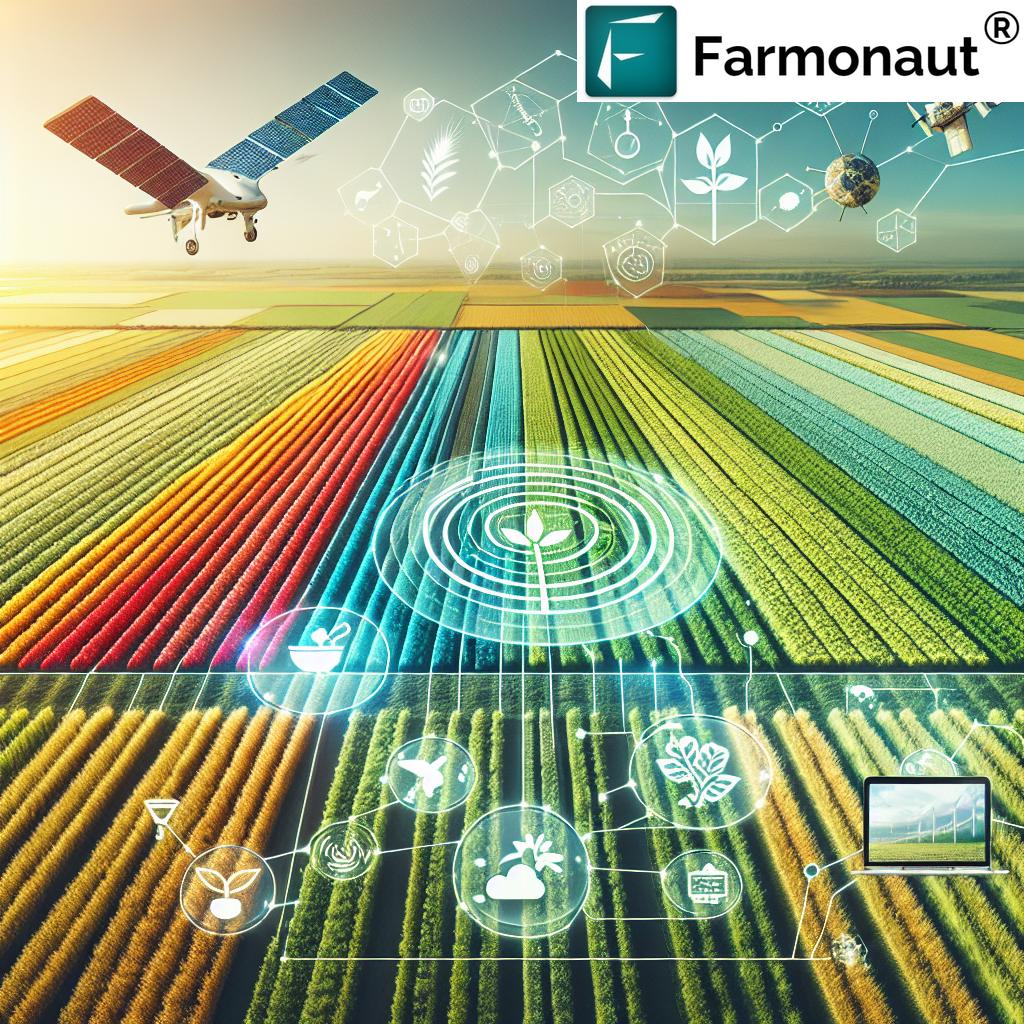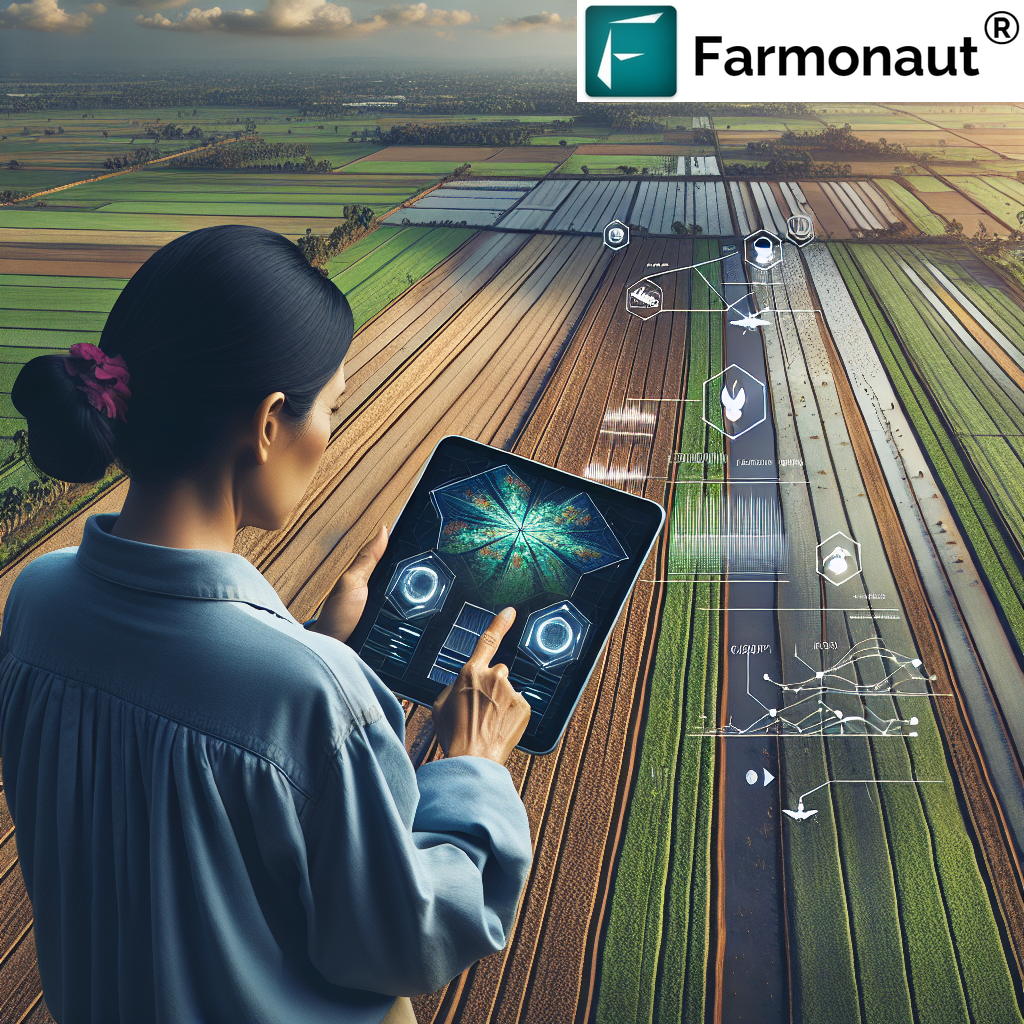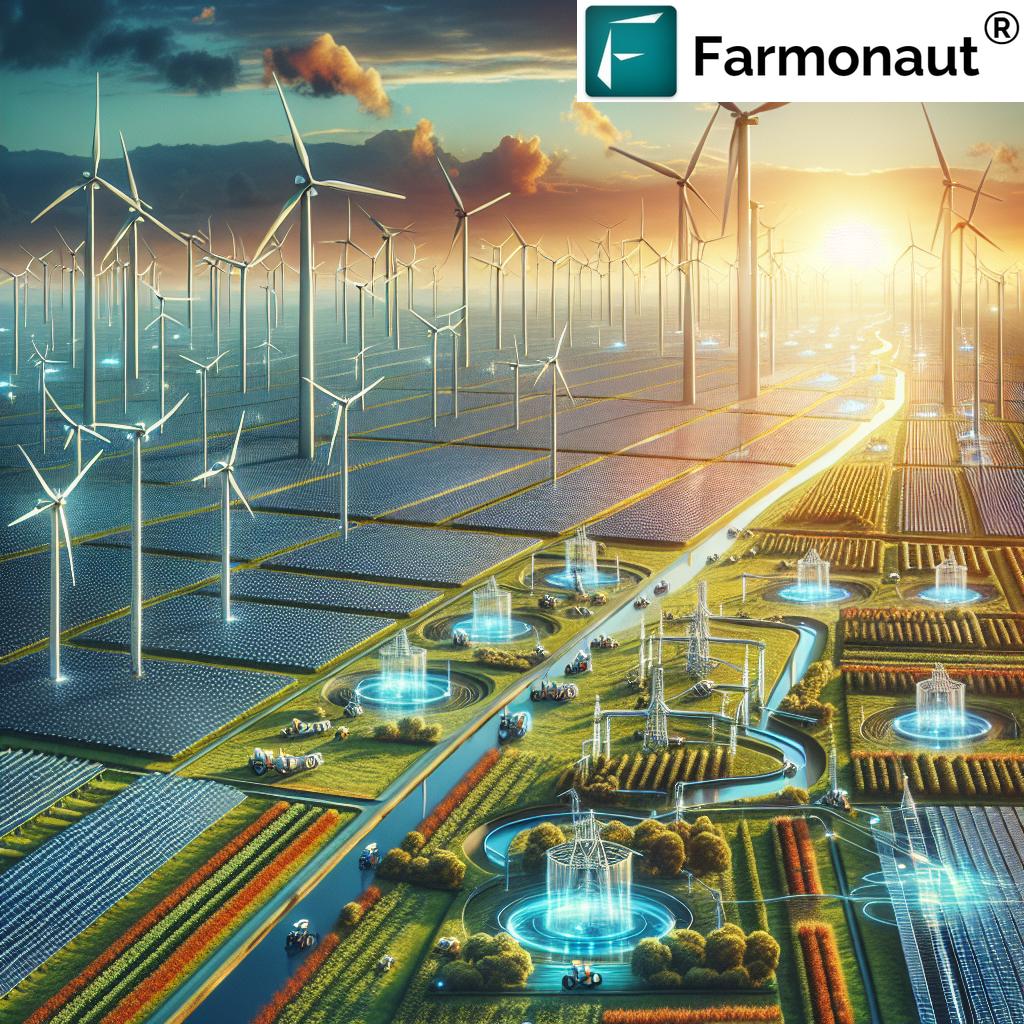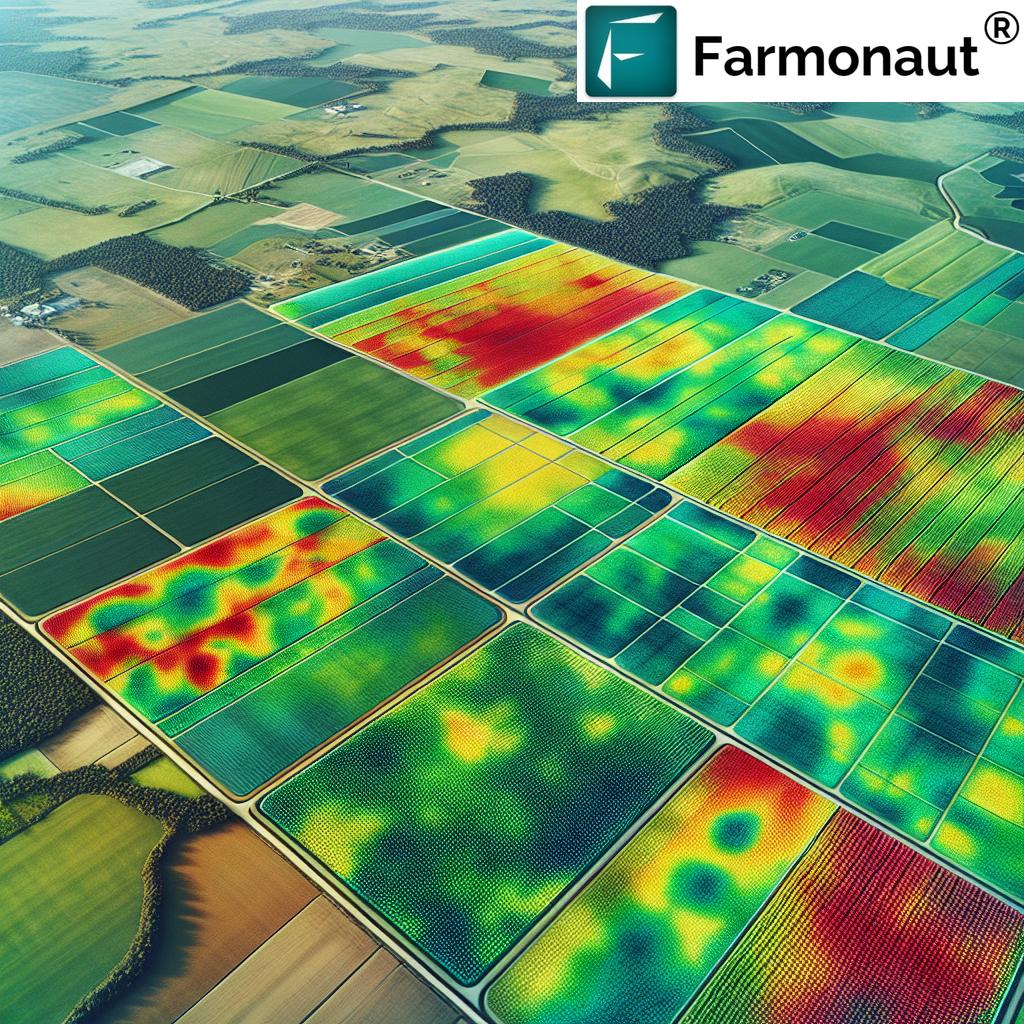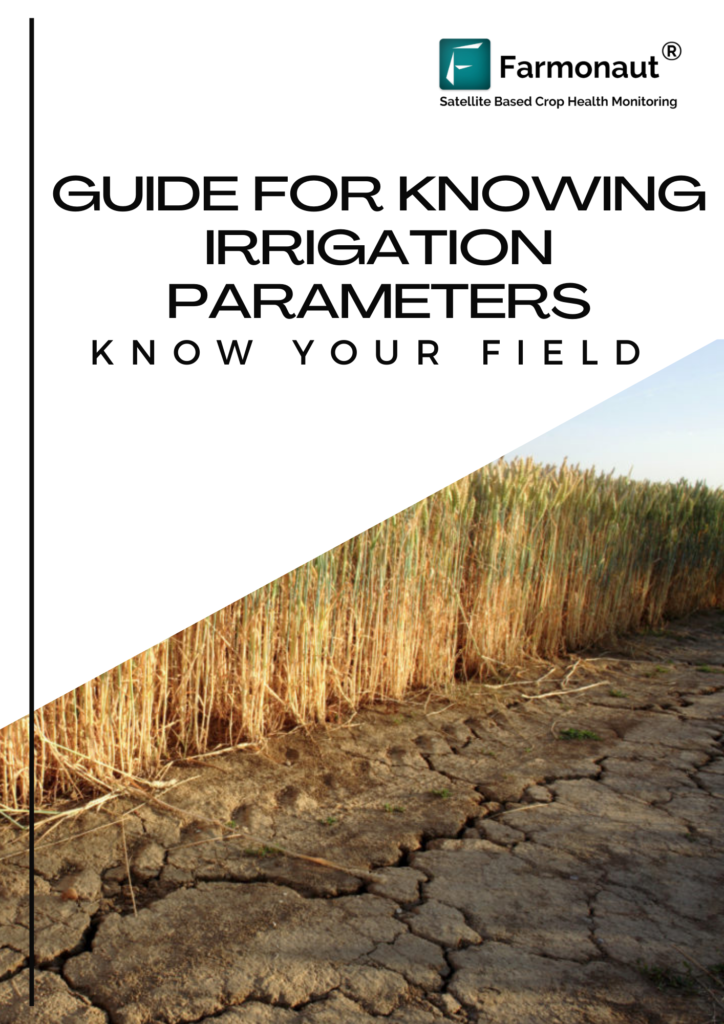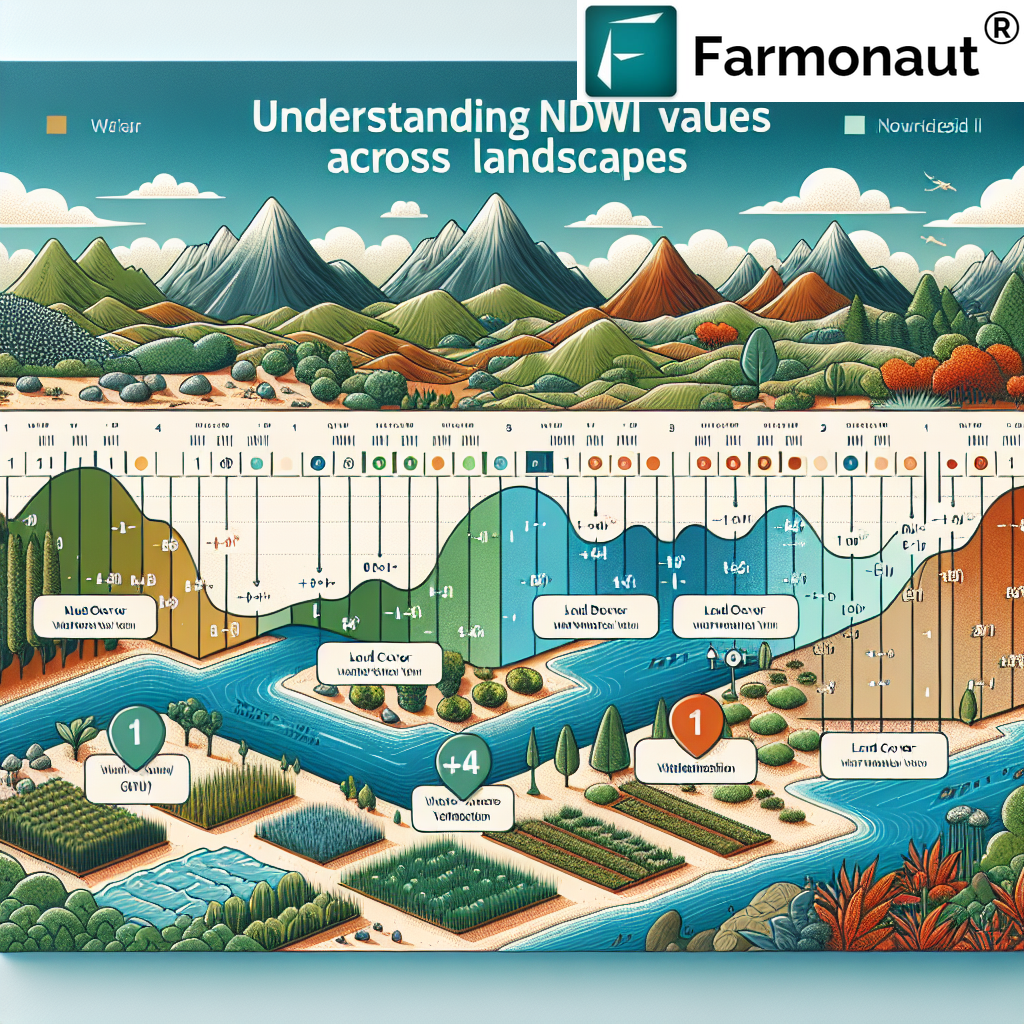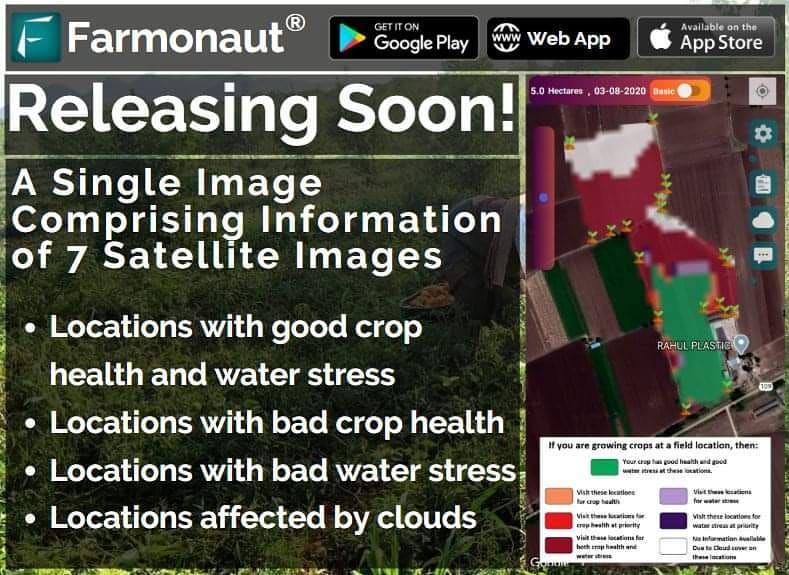Red Edge Hacks: Boost Crop & Forest Health Fast!
Did You Know?
“Red edge sensors can detect crop stress up to 10 days before visible symptoms appear, revolutionizing precision agriculture.”
What is the Red Edge? A Brief Summary
The red edge is a distinctive region in the electromagnetic spectrum—typically between 680 and 730 nanometers (nm)—where light reflectance shifts dramatically from red to near-infrared. This rapid transition is a direct result of chlorophyll absorption in plant leaves (essential for photosynthesis) and the scattering caused by the leaf’s internal structure. By analyzing variations in this region, we can detect plant stress, monitor forest health, and optimize agricultural management—in real time.
- Primary focus: Early detection of crop and forest stress.
- Common tools: Remote sensing with satellites, vegetation indices (NDRE, NDVI), and AI-driven analytics.
- Impact: Timelier interventions, increased yield, reduced resource use, and sustainable practices.
Understanding the Red Edge Phenomenon
Why the Red Edge Matters in Vegetation Monitoring
Let’s dive deeper into how the red edge works and why it’s such a powerful indicator of plant and forest health:
-
Chlorophyll Absorption:
In healthy vegetation, chlorophyll absorbs most blue (around 430 nm) and red wavelengths (around 660 nm) for photosynthesis, while green light is reflected, giving leaves their color. -
Leaf Structure and NIR Reflectance:
Beyond red in the spectrum, plant leaves become increasingly reflective in the near-infrared (NIR) region due to internal scattering. This occurs around the “red edge,” where reflectance rapidly increases between 680 and 730 nm. -
Why is the Red Edge So Sensitive?
This transition zone is highly sensitive to changes in chlorophyll content and leaf structure, making it ideal for detecting stress, such as drought, nutrient deficiencies, pest attacks, and diseases—often before visible symptoms emerge.
We, as practitioners and researchers in precision agriculture and forestry, utilize this phenomenon to implement technology-enabled, data-driven interventions. By monitoring shifts in the red edge, we can identify early symptoms of stress and optimize our management approaches—and Farmonaut puts these tools within everyone’s reach.
Red Edge in Plant Health Monitoring: Top Applications in Agriculture
Remote sensing in agriculture is undergoing a revolution thanks to the red edge. Examining plant reflectance in this region allows us to address three crucial aspects of modern farming—early detection of crop stress, yield prediction, and smarter resource management.
1. Early Detection of Crop Stress Using the Red Edge
Detecting stress early is the holy grail of crop management. When crops suffer from drought, disease, pest attack, or nutrition deficiencies, their chlorophyll content is often the first thing affected. Red edge reflectance changes can be spotted ahead of visible symptoms. For example, the Normalized Difference Red Edge Index (NDRE) identifies early symptoms in coniferous trees up to 13 days post-stress, far faster than conventional indices like NDVI.
- NDRE vs NDVI: NDRE is more sensitive in moderate to high biomass conditions, especially for detecting early plant stress, making it a top choice for precision monitoring.
- Boosting Decision-Making: Through Farmonaut’s satellite-based crop health monitoring, farmers can identify stressed areas precisely and act promptly, often reducing losses and optimizing resource application.
2. Precision Agriculture Technologies for Smarter Crop Management
Precision agriculture is all about optimization: using only the resources needed, where and when they are truly necessary. With red edge data and satellite imagery, we can:
- Pinpoint specific field areas under stress (disease, drought, pest, nutrient issues).
-
Apply targeted interventions:
- Irrigation only where moisture is actually low.
- Fertilization based on detected nutrient deficiencies.
- Pest control measures where pest stress is emerging.
- Save costs, reduce input usage, and cut environmental impact.
- Improve overall crop yields by addressing problems before irreversible damage.
Using platforms like Farmonaut, farmers have this power right on their mobile devices—making sophisticated monitoring and management accessible to all.
Optimize your plantation or large-scale farm operations with Farmonaut’s comprehensive management web app—access satellite-based monitoring, real-time crop health data, and streamlined resource planning for maximum efficiency.
3. Enhanced Yield Prediction with Red Edge Indices
The red edge region enables us to assess plant vigor and health status more effectively, which relates directly to yield forecasting:
- By tracking chlorophyll reflectance indices (like NDRE) at different stages of the crop cycle, we can estimate expected yields with greater accuracy, helping us plan harvests, marketing, and storage more efficiently.
- Farmonaut’s Jeevn AI advisory system analyzes these indices and generates customized, actionable insights for smarter on-field decisions.
4. Detecting Plant Diseases with Satellite Data
Using satellite imagery in the red edge region, we can identify disease outbreaks efficiently. Even before a pest or disease causes visible leaf symptoms, early reflectance changes let us intervene before the problem escalates. This dramatically reduces pesticide use and crop losses.
- Try Farmonaut’s multi-spectral & AI-powered disease detection tools to catch and tackle plant health threats earlier than ever.
“Forests monitored with red edge technology show a 30% faster response to disease outbreaks compared to traditional methods.”
Red Edge for Forest Health Assessment and Management
Forests are vital carbon sinks, essential for conservation, timber production, biodiversity, and climate regulation. The red edge in plant health monitoring offers next-level visibility for forest health assessment and timely interventions.
1. Monitoring Forest Health & Stress Detection
- Early detection of stress: Red edge is highly responsive to changes in chlorophyll content and leaf structure—enabling us to spot early symptoms from drought, pest outbreaks, and diseases in forest trees, such as coniferous species, often before traditional methods or other vegetation indices (like NDVI) can respond.
- Timely interventions: With fast, accurate data, forest managers can mobilize resources precisely and avert widespread loss.
- Spectral sensitivity: For high-biomass stands, NDRE is more sensitive than NDVI or other indices—a crucial edge when stakes are high.
2. Forest Management: Conservation and Resource Allocation
- Remote sensing with red edge bands allows foresters and researchers to identify specific areas needing intervention—be it controlling an insect outbreak, implementing conservation measures, or planning sustainable logging.
- Farmonaut’s real-time crop, plantation & forest health monitoring solutions—available on mobile and web apps—empower managers to act with up-to-the-minute data. Learn more about our advisory for forest management here.
3. Assessing Forest Biomass & Productivity
The red edge reflectance is used to estimate total biomass and productivity, which is crucial for carbon sequestration projects and long-term sustainability planning.
-
Satellite-derived indices inform decisions from tree planting to carbon footprinting.
Calculate, monitor, and lower your plantation or farm’s carbon footprint with Farmonaut’s dedicated tools.
Vegetation indices for crop management and forestry are converging, making red edge data as essential for timberlands as it is for farms.
Precision Agriculture Technologies: Satellites, Data, and the Role of Farmonaut
Let’s break down how red edge data is collected and processed using the latest technologies in remote sensing in agriculture and forestry:
Key Tools & Platforms
-
Satellites: Leading-edge satellites (such as Sentinel-2 and PlanetScope) feature multiple bands in the red edge zone:
- Sentinel-2: Three red edge channels at 705 nm, 740 nm, and 783 nm for ultra-precise monitoring.
- Farmonaut’s Satellite-Based Monitoring: Our multispectral imagery covers visible, red edge, and near-infrared wavelengths, enabling detection of subtle stress changes and supporting both crop and forest health management.
- Artificial Intelligence & Machine Learning: By combining red edge imagery with AI/ML analytics, we auto-detect anomalies and patterns—supporting truly smart, data-driven interventions.
- Jeevn AI Advisory System: Delivers real-time, customized advisory and resource optimization based on satellite and local data.
-
Blockchain-Based Traceability: For agri-produce, we ensure secure and transparent provenance, boosting consumer trust and supply chain integrity.
Explore secure, real-time traceability for your agri-products.
Get started with satellite & remote sensing data integration via Farmonaut’s powerful API!
Read the developer docs here.
Satellite Imagery for Forest Management & Plantation Health
- Thanks to high-frequency updates, imagery enables prompt detection of drought, disease, and even illegal logging.
- Farmonaut’s platform is designed for plantation, crop, and forest management—supporting everyone from individual farmers to large agribusinesses.
Comparison Table: Remote Sensing Bands for Plant Health Monitoring
| Spectral Band | Wavelength Range (nm) | Sensitivity to Crop/Forest Stress | Typical Applications | Advantages of Red Edge |
|---|---|---|---|---|
| Blue | 450–520 | Low | General vegetation mapping, water body separation | Limited for stress; does not reflect early physiological changes |
| Green | 520–600 | Medium | Vegetation mapping, chlorophyll studies, pest detection | Reflects moderate changes in pigment, but less sensitive than red edge |
| Red | 630–690 | Medium-High | Photosynthesis assessment, NDVI calculation | High absorption by chlorophyll, but saturates quickly at high biomass |
| Red Edge | 680–730 | High | Early stress detection, NDRE, chlorophyll content, yield estimation, forest health, carbon monitoring | Most sensitive to early health changes, superior at high leaf area index, direct link to chlorophyll content |
| NIR (Near-Infrared) | 770–900+ | Medium-High | Biomass estimation, water content, NDVI, canopy structure | Disease and stress detection at later stages, robust for general health |
Challenges & Considerations in Red Edge Monitoring
While the red edge offers incredible accuracy for detecting plant stress and optimizing management, several factors must be considered for best results:
- Specialized Equipment: Not all traditional sensors cover the red edge region. Upgrading to red edge-capable satellite or drone sensors is vital.
- Data Interpretation: Turning reflectance data and vegetation indices into actionable advice requires robust analytics and expertise—a gap Farmonaut bridges through AI-based advisory and automated interpretation.
- Calibration: Results may vary based on plant species, canopy structure, local environment, and soil background—regular calibration and validation improve accuracy.
- External Influences: Atmospheric conditions and sun angles can affect satellite reflectance, so corrections and temporal analysis are necessary.
- Cost & Accessibility: Farmonaut’s approach—offering satellite-based, subscription, and app-based services—addresses the traditional cost barriers for individual farmers and smallholders worldwide.
Farmonaut Tools & Value for Crop and Forest Management
As an agricultural technology leader, Farmonaut makes precision agriculture affordable and accessible to all—by integrating red edge monitoring, remote sensing, and AI into core daily farming and forestry practices.
- Satellite Monitoring & Vegetation Indices: Real-time NDRE, NDVI, and other indices at your fingertips—track plant health, detect disease, guide targeted interventions.
- Jeevn AI Advisory: Personalized, actionable crop and forest management insights, including weather forecasts and best practices, optimized via machine learning.
-
Blockchain Traceability:
Supply chain integrity, security, and transparency for food and textile industries via blockchain-powered tracking. -
Fleet Management:
Smarter allocation of machinery and vehicles for large-scale farms and plantations. -
Carbon Footprinting Tools:
Track, reduce, and certify your farm or forest’s environmental impact, align with regulations, and boost sustainability. -
Satellite Verification for Crop Loans & Insurance:
Enable financial access for farmers, reduce fraud, and streamline lending with remote verification. -
Accessible Platforms:
Monitor, analyze, and optimize anytime, anywhere—right from your smartphone or computer.
Why choose Farmonaut?
- We offer real-time, reliable data and actionable insights—no more guesswork!
- Our platform is cost-effective, scalable, and user-friendly for everyone from smallholder farmers to large agribusinesses.
- We enable sustainable agriculture—helping you reduce your environmental footprint while producing more, with less.
Farmonaut Subscriptions
Farmonaut operates on a flexible subscription-based model, making state-of-the-art remote sensing, AI analytics, and farm management tools accessible to all, regardless of scale.
Whether you manage one hectare or thousands, Farmonaut delivers optimal value for individual farmers, agribusinesses, NGOs, government agencies, and corporate clients.
Frequently Asked Questions: Red Edge & Remote Sensing in Agriculture
What is the red edge, and why is it important?
The red edge is a rapid change in reflectance between the red and near-infrared regions of the light spectrum (680–730 nm) that occurs in healthy vegetation. It’s crucial because shifts in this region indicate changes in chlorophyll content or leaf structure, often before visible symptoms of plant stress appear—enabling early interventions and optimal management.
What is the difference between NDVI and NDRE?
NDVI (Normalized Difference Vegetation Index) primarily uses red and near-infrared bands; it’s widely used for overall vegetation health. However, NDRE (Normalized Difference Red Edge Index) substitutes the red with the red edge band—making it more sensitive to subtle stress, high biomass, and early health changes. NDRE is especially valuable in advanced precision agriculture and forestry.
How does red edge help with detecting plant diseases?
When a crop or tree experiences disease, one of the earliest changes is often a reduction in chlorophyll content or cell structure. Monitoring the red edge allows us to spot these shifts days to weeks before visible symptoms, facilitating earlier, more effective interventions and resource savings.
Can smallholder farmers access these technologies?
Absolutely. Farmonaut’s affordable subscriptions and user-friendly apps put advanced satellite-based monitoring, AI advisory, and red edge analysis in the hands of every farmer—no expensive hardware or technical background required.
How does Farmonaut ensure data privacy and trust?
We utilize blockchain-based traceability, robust security protocols, and transparent, standardized data handling—your information stays safe, and the authenticity of supply chain data is easily verifiable.
Is there support for carbon footprint tracking and sustainable farming?
Yes. Farmonaut’s carbon footprinting tools help you estimate, monitor, and lower your climate impact—whether you’re a farmer, plantation owner, or forest manager aiming for regulatory compliance or sustainability certifications.
Conclusion: Harnessing the Red Edge for Fast, Sustainable Results
The red edge stands as a technological pillar in remote sensing for agriculture and forestry—enabling smarter, earlier, and more precise responses to crop and forest stress. By identifying health changes before they are visible, we transform our approach to farming, forest management, and environmental stewardship.
At Farmonaut, we believe in democratizing access to the most advanced plant health monitoring technologies. Our mission is to empower every farmer, forester, and agribusiness—worldwide—with powerful yet affordable tools for sustainability, productivity, and resilience.
- Monitor health with multi-spectral satellite imagery and red edge analytics.
- Detect stress early to protect your yields and your environment.
- Apply targeted interventions, optimize every resource, and minimize waste.
- Access financial products via reliable, satellite-based verification.
Join us in leveraging technology, data, and innovation for a greener, more productive future—one field, and one forest, at a time.
Ready to boost your crop or forest health, fast? Experience the future of agriculture and forestry management with Farmonaut’s red edge hacks and remote sensing data. Visit our website or start your journey today!






